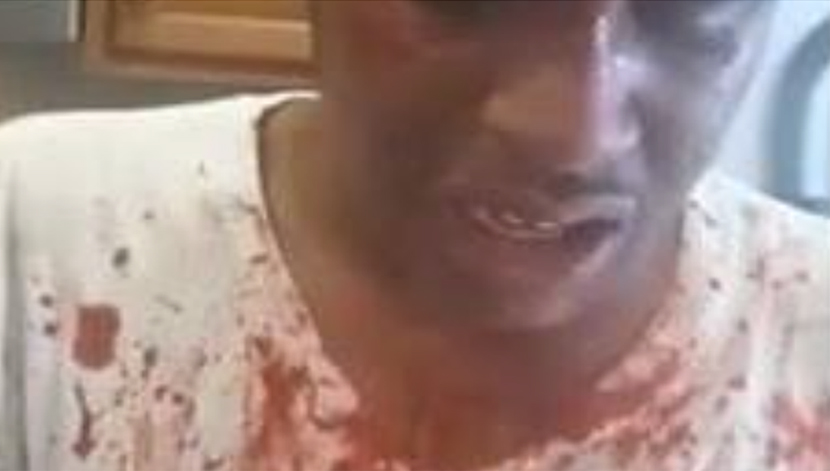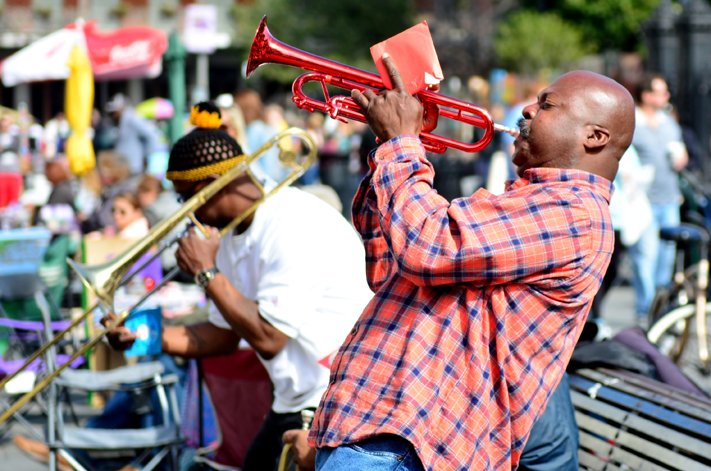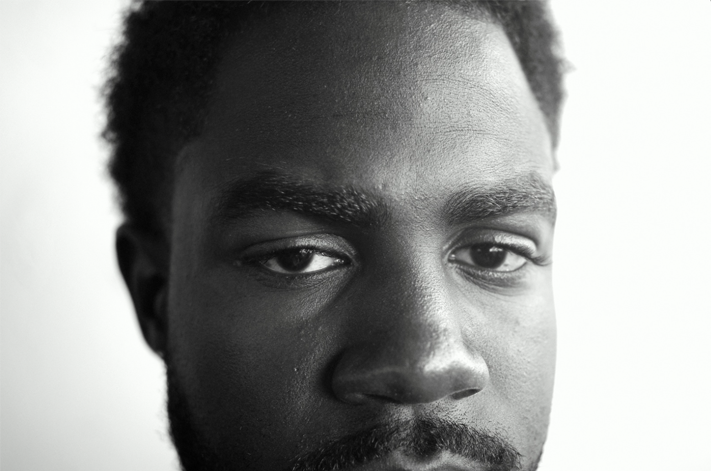Project Description
On a very white campus, people of color can easily feel excluded, even if it’s unintentional.
This week’s events at the University of Missouri don’t surprise me one bit. As a graduate student in Mizzou’s journalism school with a Japanese and Jewish background, I know what it’s like to be a minority. There, I am regularly reminded that I am different. Without a comprehensive plan of action to diversify the university, minority students will continue to struggle.
Although I have not been the target of directly malicious racist incidents, I have experienced the systemic racism that student demonstrators are fighting to change. I’ve been asked my nationality dozens of times. When faculty and students first met me, many assumed I was foreign based on my first and last names. Often during introductions, I have to tell people that even though my dad is Japanese, I was born in California. But that is merely an annoyance, and it pales in comparison to what black students on campus say they face.
This is in the program considered one of the most diverse learning communities on the Mizzou campus. In fall 2014, 60% of the J-school’s graduate student body was white. Only eight of the students enrolled that semester out of 247 were African American. The two African American master’s students I have had as classmates told me that they felt unsupported, and they left before finishing their degrees. Black students make up 7% of the student body at this public university, 5% lower than the population in the state.
The faculty is just as homogeneous. There are 236 faculty and staff in print, digital and broadcast journalism as well as strategic communications, about 100 of whom are full time. Very few of those full-time professors are black.
At the Columbia Missourian, the journalism school’s learning lab newspaper, where I was a public life beat reporter, my faculty editors were excellent teachers, but that entire faculty, 16 people, is white. At KMOU, the J-school’s local NBC-affiliated TV station, seven of the eight faculty are white. The lack of diversity among faculty can create a dangerous, though unintentional, climate of exclusion, a form of systemic racism, where minority communities are sometimes left out of the greater academic discussion completely.
I have had classes where discussion of diverse communities is required but white authors dominate the list of assigned readings. White journalists dominate assigned documentaries. These class discussions were led by a white faculty member and most of the other students were white. I can only imagine what this is like in the university writ large.
This lack of diversity within Mizzou is particularly troubling in the university’s lauded journalism school because it prides itself on teaching the “Missouri Method” of journalism where students learn journalism by simulating “real” journalistic environments. This creates a learning lab where stories about minority communities are sometimes reported on as “others” and not as integral parts of the community as a whole.
But news organizations need a diverse staff to reach the diverse communities they cover. This was demonstrated in real-time on campus Monday, when Concerned Student 1950, the student protest group that set up the tent city on the campus, barred media – including student journalists – alleging that they didn’t trust their stories would be accurately told.
Though Concerned Student 1950 stirred ire for blocking reporters (and rightfully so, because reporters are just as protected by the first amendment as they are), the group had reason to be wary – on Monday, the campus newspaper ran a column where an emeritus professor wrote that “there aren’t that many candidates of color who’d be considered qualified” to their demand that the percentage of black faculty and staff at the university be raised to 10%.
In public and private meetings with Chancellor R Bowen Loftin, who resigned on Monday, I urged him to support the building of a public monument in the J-school to Lucile Bluford, the brave black journalist and editor who challenged Mizzou’s racist admissions policies in the Missouri supreme court and won in 1941. Bluford never enrolled in a class because before she could enroll, the school shut down. Chancellor Loftin, to his credit, was very supportive of the idea.
Now that there will be a new president and chancellor, and the resignations were announced alongside a slate of new diversity initiatives, here’s hoping that changes will begin, in the J-school and across the institution.
Kouichi Shirayanagi is a graduate student in journalism at the University of Missouri, Columbia. He recently worked as a summer intern for the business section of the St Louis Post Dispatch. Before Journalism School he was a writer and news editor for Tunisialive.net in Tunis, Tunisia.
Copyright; Guardian News and Media Limited,. Reprinted with permission.
This piece was reprinted by EmpathyEducates with permission or license. We thank the Author, Kouichi Shirayanagi for his kindness. We are grateful for Journalism that more really ponders what we see at Mizzou. EmpathyEducates would also like to express our appreciation for The Guardian and for its mission — being an enduring source of inspiring information and ideas.










